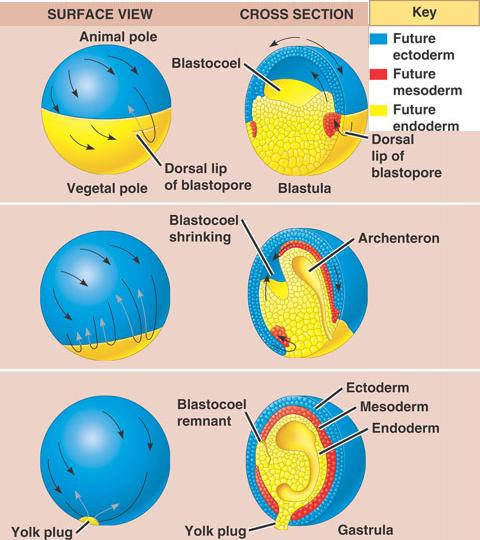

collect food with long, sticky tentacles that protrude from the mouth.sometimes use tube feet to adhere camouflage to their shell (a.k.a.have specialized mouthparts ( "Aristotle's Lantern") designed for chewing detritus and plant matter.benthic, but mobile can be fast-moving.The arms and body are not sharply demarcated.Tube feet transmit particles to the ambulacral groove, where cilia propel the particles to the mouth.Feed by filtering food particles in the water, capturing them on their sticky tube feet.most species live in very deep water, abyssal zones.many species have a stalk by which they attach to the substrate.many species are not much changed from fossils 500 million years old (Ordovician).These are the most ancient and primitive of the echinoderms There are five extant taxa of echinoderms. To avoid being eaten, many are equipped with spines on their skin, toxins in their tissues or tube feet, and may exhibit interesting defense behaviors. The tube feet are a marvel of engineering.Īlthough they are mostly calcium carbonate with a little bit of tissue inside and out, echinoderms are preyed upon by a number of marine organisms, including crabs, sharks, sea birds, and even their fellow echninoderms.water is then distributed radially via the.water intake occurs via the aboral madreporite.The water vascular system has nothing to do with circulation.Echinoderms move and feed with their water vascular system, which is derived from the coelom.The nervous system is diffuse and decentralized there is no brain.Most gas exchange and excretion of waste takes place through the skin. Thus, there are no freshwater echinoderms. The salinity of their tissues is the same as that of their surroundings. Because of this, echinoderms are poor osmoregulators.excretory system is absent (secondarily lost).a thin layer of skin, equipped with gills and other structures, covers the calcareous skeleton.internal skeleton of calcium carbonate plates ( ossicles).develops from a planktonic bilaterally symmetrical larva.They live everywhere in marine habitats from shallow, intertidal areas to abyssal depths where there is no light. There are about 7000 species of extant echinoderms. We at last leave the realm of the Chordata.īut we still have a few Deuterostome Cousins to visit.Įchinodermata - The Spiny-skinned Animals The larva settles on a hard substrate, and develops into creature hardly recognizable as a Chordate. These have a swimming "tadpole" larva that has all the chordate characteristics.Īt metamorphosis (changing from juvenile to adult form), Small, eel-like animals that live in marine sediments, where they make their living as filter feeders. They are our closest "invertebrate" relatives. gill slits/arches in the pharynx (what is now the back of your mouth)īut there are two other Chordate taxa that share these traits with us.segmentally arranged muscle bundles (at least as embryos/larvae).dorsal, cartilaginous support rod, the notochord.Recall the characteristics shared by all chordates (including us): Our "Invertebrate" Chordate Cousins: Sea Squirts and Lancelets (Why the quote marks?)Ī few distinct groups of "invertebrates" are Deuterostomes. In our tour of Animalia so far, we have met only Deuterostome vertebrates.įor the last part of our journey, we will meet the large, diverse group of organisms commonly called "invertebrates". coelomate (the body cavity holding the organs is lined on both sides by mesoderm).triploblastic (embryos have endoderm, ectoderm, and mesoderm).bilaterally symmetrical (body halves are mirror images of each other).circulatory system is primitively ventral.blastopore becomes the anus (secondary opening becomes the mouth).circulatory system is primitively dorsal.blastopore becomes the mouth (secondary opening becomes the anus).Recall that there are two major lineages of bilaterally symmetrical animals: For your print-friendly copy of the notes.


 0 kommentar(er)
0 kommentar(er)
